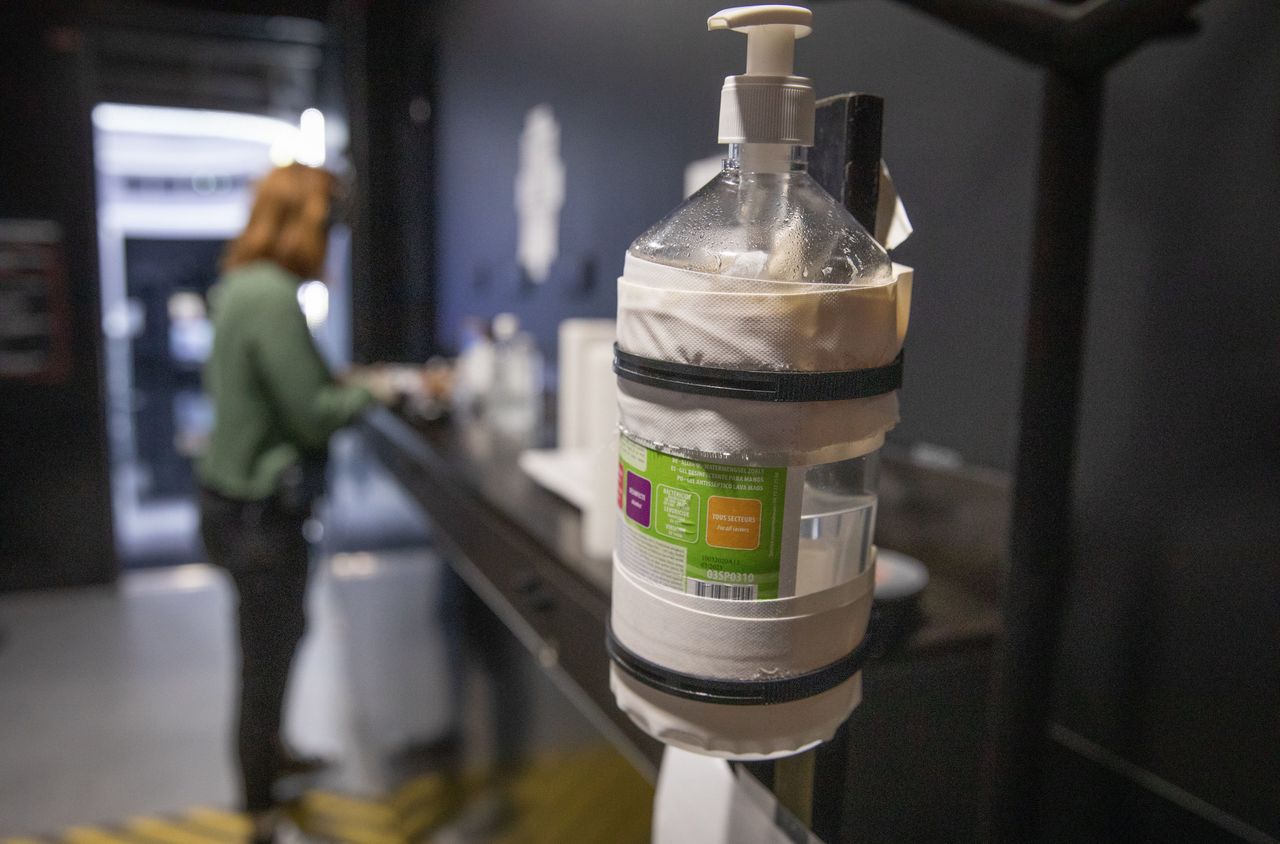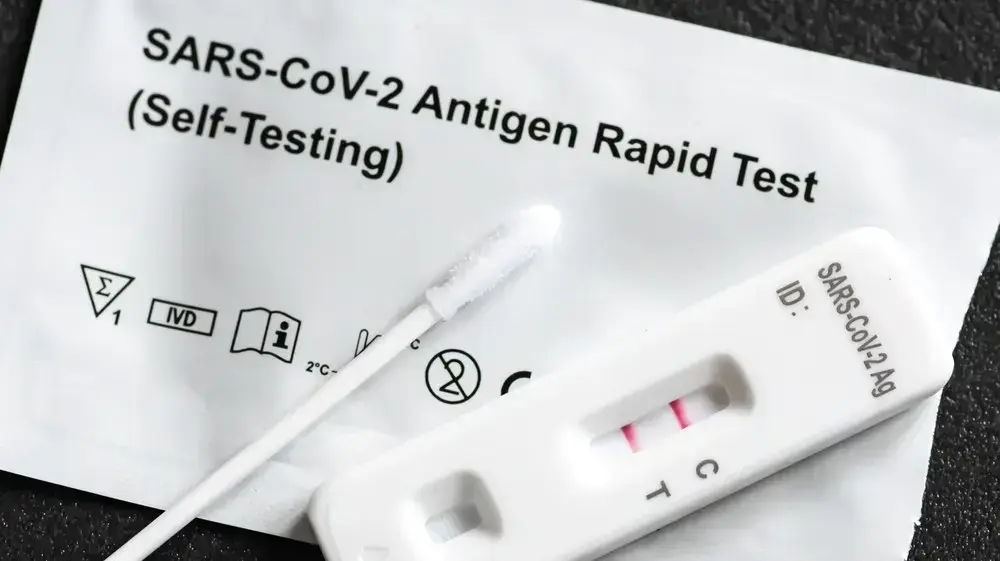In addition to barrier gestures, essential to avoid contamination by Covid-19, the use of a variety of protections is becoming more common outside.
Masks, gels, gloves ... Since the beginning of the epidemic, and even more since the deconfinement, the need to protect oneself as much as possible has been felt more and more. But how do you find your way around the mass of products and standards governing their use? The Parisian takes stock.
A minimum of alcohol for the hydroalcoholic gel
The announcement on Monday of the withdrawal of bottles of hydroalcoholic gel from the stalls served as a reminder: for a solution or a hydroalcoholic gel to be effective, they must be composed of at least 60% alcohol, according to the National Medicines Agency (ANSM). It specifically recommends the use of "hydroalcoholic products presented in the form of solutions or gels tested according to standard NF EN 14476 or tested on an influenza virus according to the methodology of this standard".
If the famous mention “NF” does not appear on the packaging, you must then look at the composition of the solution, which must include “ethyl alcohol (or ethanol)”, “propyl alcohol (propane- 1-ol or n-propanol) ", or" isopropyl alcohol (propan-2-ol or isopropanol) "," with an optimal concentration between 60% and 70% (volume / volume) or a concentration between 520 and 630 mg / g (equivalence obtained by approximation with an ethanol and water mixture) ”.
VIDEO. How to wash your hands well in 6 steps
Consider using these solutions only when hand washing is not possible. "It is important to respect a friction time of at least thirty seconds until you get dry hands," says ANSM again.
Masks with resistant fabrics
Regarding category 1 masks, i.e. those intended for professionals in contact with the public, they must provide a minimum protection of 90%. Details of the materials and the requirements for their preparation are available on the website of the French Society of Sterilization Sciences.
For category 2 masks, assigned to the general public, the minimum level of protection is 70%. According to the French Association for Standardization (Afnor), the mask must cover the nose, mouth and chin, and "must not include an inspiratory and / or expiratory valve (s)". The straps must facilitate the putting on or taking off of the mask. And it must not have "vertical seams, along the nose, mouth and chin", also called "sagittal seams".
Newsletter - Essential news
Every morning, the news seen by Le ParisienI'm registering
Your email address is collected by Le Parisien to allow you to receive our news and commercial offers. Find out more
VIDEO. How to wash and make your fabric mask last
On the material side, it must be resistant to handling and wear. The masks can therefore be made with cotton canvas, viscose, polyester, polycotton, jersey, micropolar, percale, or certain forms of twill fabric (ultra-resistant cotton). Please note: not all materials are created equal. To ensure their conformity, it is better to consult the detail of the (long) list on the website of the French Institute of Textile and Clothing.
In principle, from June, it will be easier to check the conformity of category 2 masks: a logo on the packaging or on the mask will become mandatory. It will allow for example to know up to how many washes the mask is resistant and if filtration is guaranteed.
Gloves, a false friend
Gloves that protect microorganisms were standardized long before the Covid-19 epidemic and classified under the designation ISO 374-5: 2016 by the International Organization for Standardization (ISO). It requires that gloves "protecting against viruses, bacteria and molds must not leak when they are checked". They must also be marked with the following logo:
However, the use of gloves against the coronavirus for the general public is not really recommended by the health authorities. “The virus does not pass through our skin, much less through the skin of the hands. Gloves can still be a source of contamination by droplets containing viruses (droplets are the respiratory secretions that we emit when we talk, cough, or sneeze), "wrote the Ministry of Health. about this at the end of March.
“Washing your hands regularly protects better [the] Covid-19 than wearing rubber gloves. The virus can be on the gloves and there is a risk of contamination if you touch your face with the gloves, "adds the World Health Organization (WHO) on its advice to the public page. Even with a mask, hand washing remains the rule.














/cloudfront-eu-central-1.images.arcpublishing.com/prisa/S7ERVSCT4FUVX6R7TUVBDNTH5Y.jpg)
